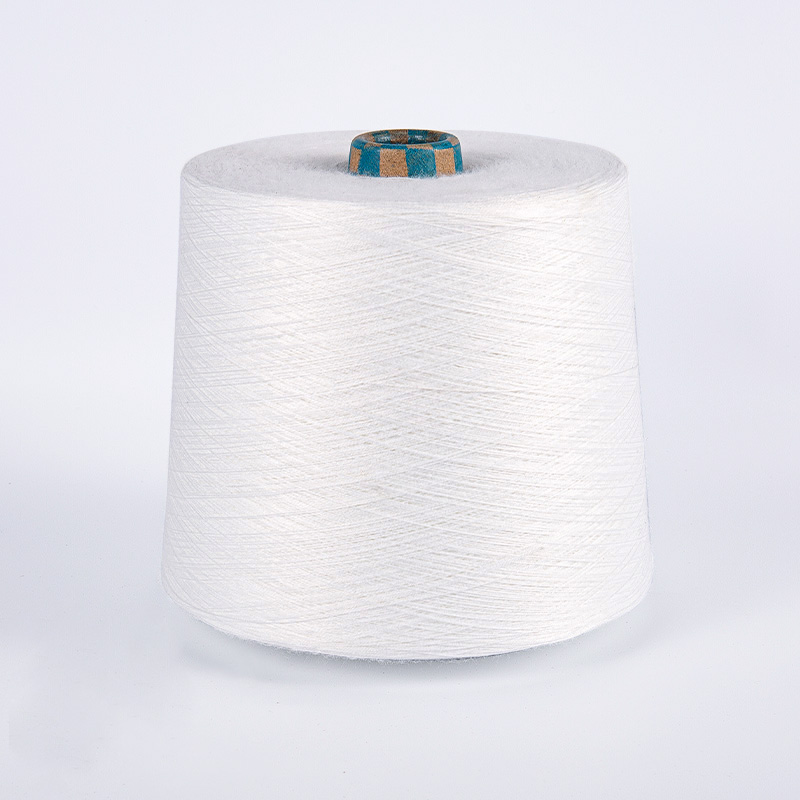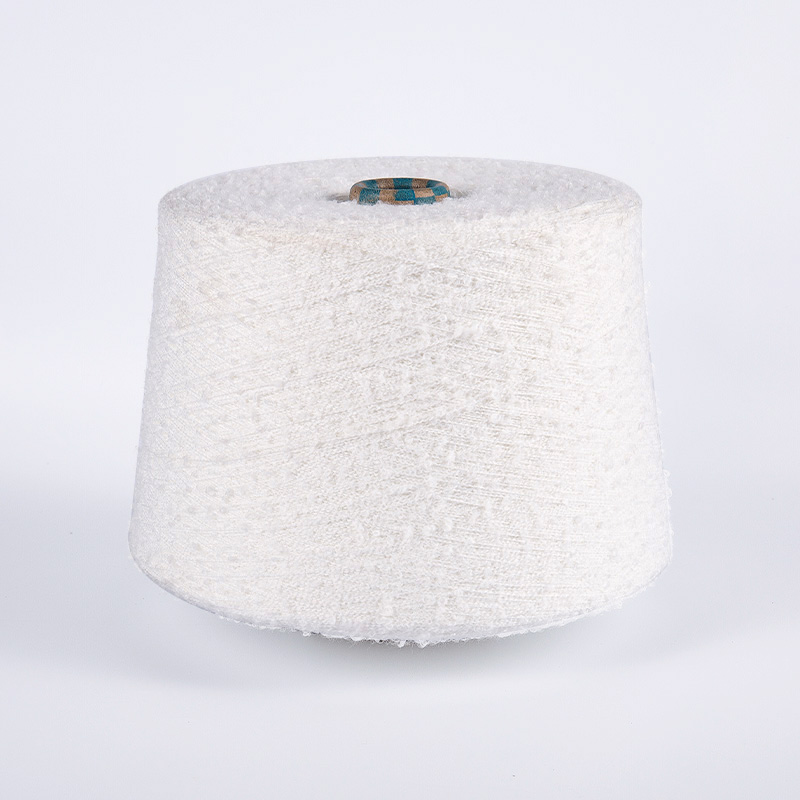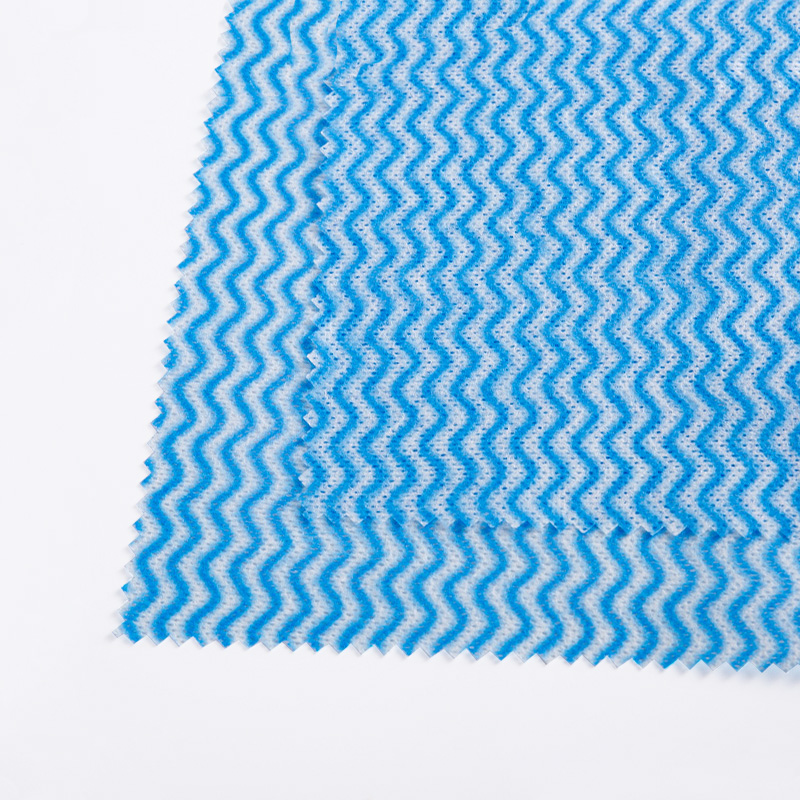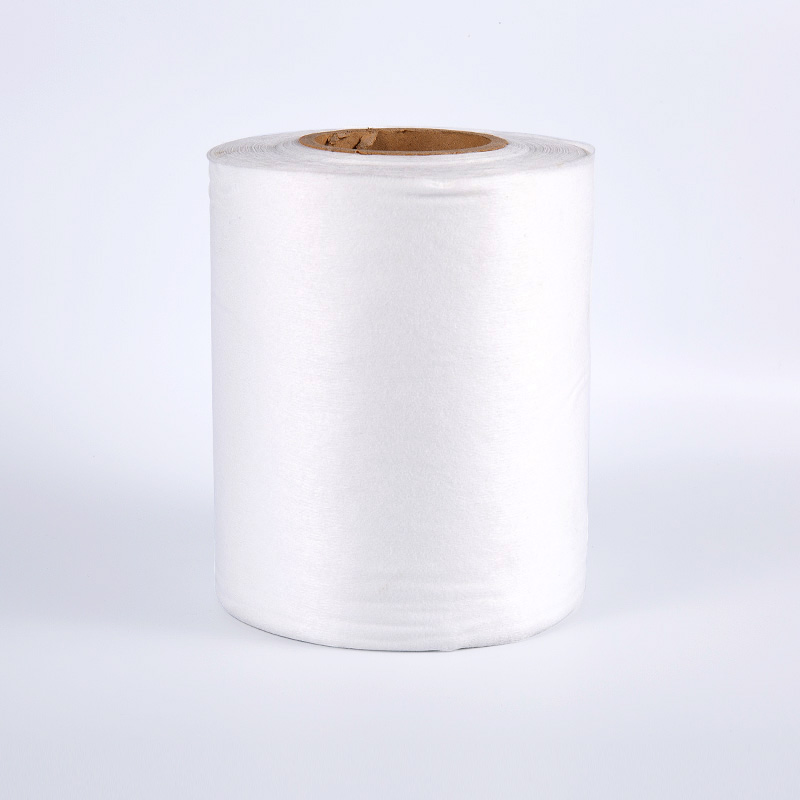
Wear-resistant Polyester Yarn: Ushering in a New Era of High-Performance Textiles
Posted by Admin | 01 Aug
Amid the continuous advancements of the modern textile industry, wear-resistant polyester yarn, as a key branch of functional fiber materials, is increasingly becoming a focus of attention across numerous sectors. It not only represents the technological advancements in new material research and development, but also promises the potential for expanding the performance of textiles in the future. From fundamental performance and processing characteristics to deep integration into various applications, highly wear-resistant polyester yarn is driving the textile industry towards greater efficiency, durability, and intelligence.
Polyester Fiber Upgrade: A Leap from Conventional to High-Performance
As a key component of synthetic fibers, polyester yarn has long held a core position in various applications, including apparel, home textiles, and industrial fabrics, due to its exceptional strength, stability, and chemical resistance. However, as usage scenarios become increasingly complex and user requirements for durability, tear resistance, and coefficient of friction continue to rise, traditional polyester fibers are increasingly unable to meet the wear resistance requirements under high-intensity working conditions. Wear-resistant polyester yarn was born. Building on the traditional polyester molecular structure, it significantly enhances the yarn's stability and durability against friction, twisting, and repeated stretching through the orderly arrangement of molecular chains and the introduction of modified additives.
This improvement is reflected not only in macroscopic mechanical properties but also at the microstructural level, manifesting in tighter intermolecular forces and higher crystallinity. This results in fibers with enhanced breaking strength and fatigue resistance, truly achieving a qualitative shift from "durable" to "highly wear-resistant."
Analysis of the Wear Resistance Mechanism: Fiber Structure Determines Yarn Lifespan
The key to wear-resistant polyester yarn's long-term surface integrity and structural stability lies in its complex and ordered internal structure. Its fiber surface exhibits high resistance to slip and heat friction, effectively reducing hairiness, breakage, and deformation caused by friction during use. Furthermore, the core region, by enhancing the molecular chain orientation, distributes tension more evenly throughout the yarn, further reducing structural fatigue caused by stress concentration.
To enhance the yarn's overall friction resistance, some highly abrasion-resistant polyester fibers utilize nano-additive modification technology. By adding ultrafine particles during the initial fiber formation process, this creates a "ceramic-like" coating on the fiber surface. This microscopic "hard shell" structure not only increases the yarn's surface hardness but also significantly improves its performance in high-frequency friction environments, enabling its widespread use in industrial textiles.

Multi-Scenario Adaptability: Wear Resistance Empowers Diverse Applications
The outstanding properties of wear-resistant polyester yarn extend its application beyond general textiles. It also plays a vital role in demanding applications such as outdoor equipment, safety protection, industrial filtration, sports fabrics, and automotive interiors. Its excellent abrasion resistance is particularly suitable for fabrics that frequently come into contact with rough surfaces or withstand constant strain, extending their overall lifespan while reducing maintenance costs.
In smart textile and functional apparel design, this yarn is often combined with elastic fibers, UV-resistant fibers, or moisture-wicking fibers to meet personal comfort needs while extending the product's lifespan. At the same time, its spinnability and dyeing properties are not compromised, maintaining the excellent process adaptability of polyester fiber, making it easy to weave, braid, and finish.
Process Innovation Drives Product Upgrades
The production of wear-resistant polyester yarn requires not only high-quality raw materials but also advanced processing technology and rigorous quality control. During the spinning process, the fiber diameter is precisely controlled by optimizing the spinneret structure and cooling rate. During the drafting process, a multi-stage tension adjustment strategy is employed to fully orient and shape the fiber molecular chains. In post-processing, impregnation with wear-resistant agents or plasma surface treatment processes are introduced to further enhance the yarn's surface resistance to scratches and damage.
With the continuous advancement of intelligent equipment, digital monitoring methods are gradually being introduced into the yarn production process. Real-time monitoring systems are used to monitor yarn tension, thickness uniformity, and hairiness, ensuring consistent and traceable wear resistance across each batch of yarn.
Wear-resistant polyester yarn, an evolution of polyester fiber, not only meets the urgent demands of modern industry and high-end consumer markets for durability, stability, and high performance, but also finds a fusion between manufacturing technology and environmental protection, becoming a key direction for the future development of functional fibers. Driven by continuous technological advancement and diversified market demands, high-wear-resistant polyester yarn will play an even more critical role in the global textile industry chain, leading the fiber industry to a new round of innovation.
+86-18058809000
+86-571 86218111



 English
English 中文简体
中文简体






